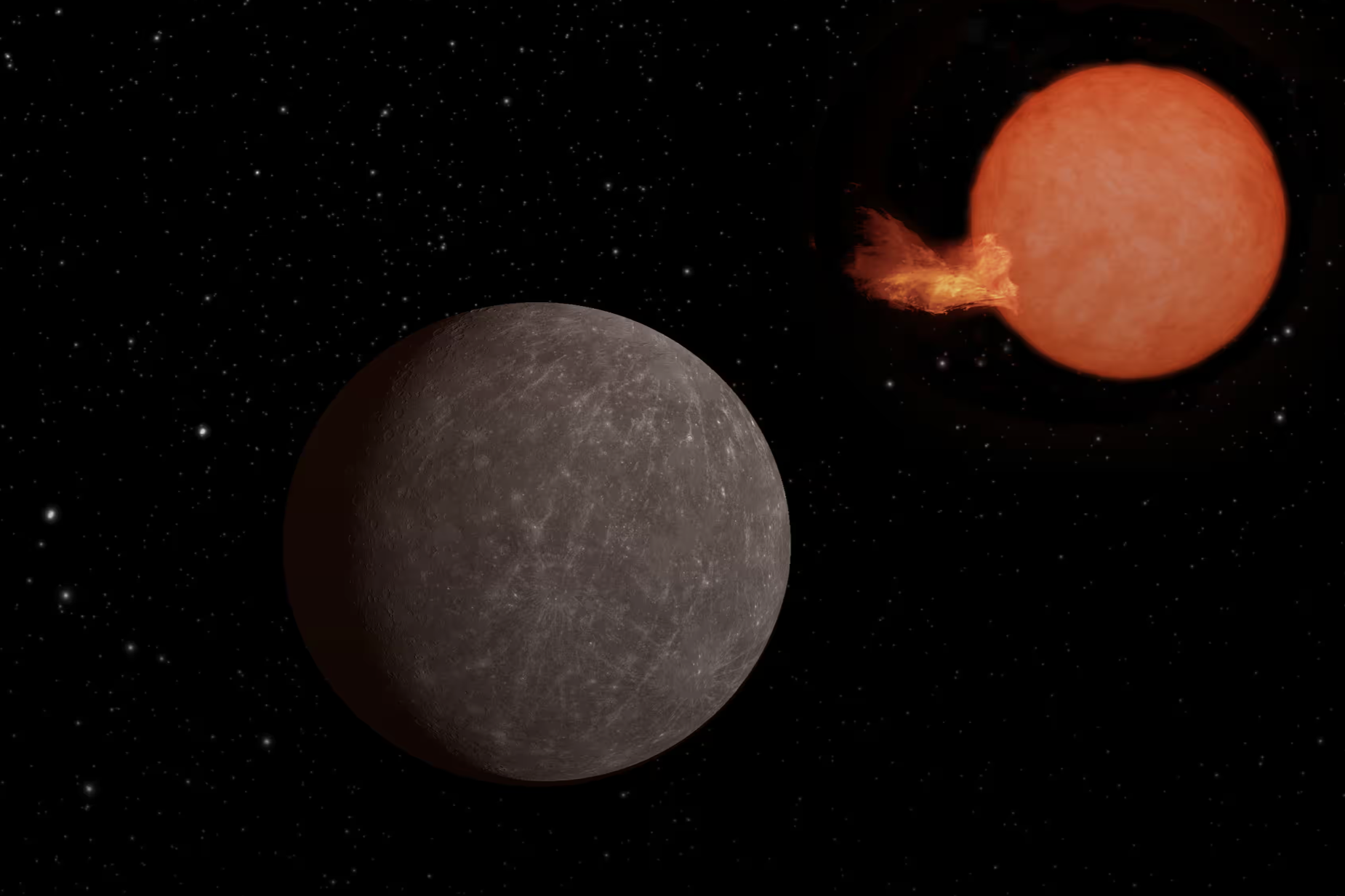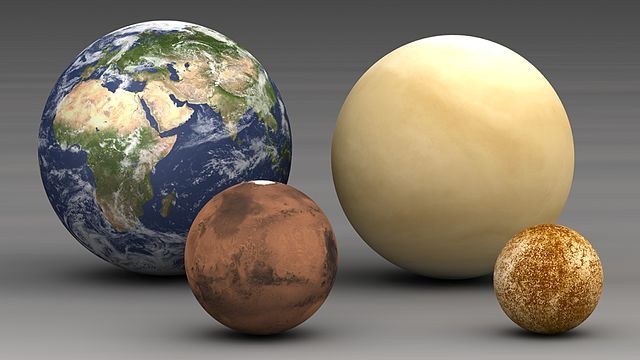"Dream, Dream, Dream! Conduct these dreams into thoughts, and then transform them into action."
- Dr. A. P. J. Abdul Kalam
"Dream, Dream, Dream! Conduct these dreams into thoughts, and then transform them into action."
- Dr. A. P. J. Abdul Kalam
17 May 2024
An exoplanet the size of Earth has been found by astronomers circling a star that is 100 times more massive than the Sun. Speculoos-3b is a member of only the second planetary system ever found around an ultra-cool dwarf star. It is located 55 light years away, more than ten times further away than the closest known exoplanet, Proxima Centauri. In addition to being 100 times less bright than our Sun, the tiny star is about the size of Jupiter and twice as cold. Given its longevity, it will be among the final stars to shine when the universe becomes cold and black.
Little is known about ultra-cool dwarf stars due to their low luminosity, however, they are ubiquitous throughout the Milky Way. “Speculoos-3 b is practically the same size as our planet,” said Michaël Gillon from the University of Liège, who led the research.

An Artist’s Impression of the Earth-sized Exoplanet Speculoos-3 b orbiting its star
(Source: NASA/ JPL-Caltech)
“A year – an orbit around the star – lasts around 17 hours. Days and nights, on the other hand, should never end. It is believed that the planet rotates synchronously, so that the same side, called the day side, always faces the star, just like the Moon does for the Earth. On the other hand, the night side would be locked in endless darkness.”Despite its star being significantly cooler, the Speculoos-3b planet receives almost 16 times more energy per second from its star than the Earth does from the Sun. “In such an environment, the presence of an atmosphere around the planet is highly unlikely,” said Julien de Wit, a professor at Massachusetts Institute of Technology (MIT) and co-director of the Speculoos Northern Observatory on the island of Tenerife. “The fact that this planet has no atmosphere could be a plus in several respects. For example, it could enable us to learn a great deal about ultra-cool dwarf stars, which in turn will make possible more in-depth studies of their potentially habitable planets.”
Findings ~ Dark like the moon

New Earth-Sized Planet Orbiting an Ultracool Red Dwarf Star Discovered
(Photo Credit: Wikimedia Commons/Lsmpascal)
The findings were published in the contribution of this newly discovered planet journal Nature Astronomy on Wednesday, in a study titled ‘Detection of an Earth-sized exoplanet orbiting the nearby ultracool dwarf star Speculoos-3’.
Utilizing the Artemis telescope at MIT, the remainder of the SPECULOOS network, and numerous additional observatories, the researchers narrowed in on the star. Several observations verified that a planet did orbit the star every seventeen hours. Scientists calculate that the planet is roughly the size of Earth based on how much light it blocks at each crossing. Based on analyses of the star's light conducted by Benjamin Rackham of MIT, who has spearheaded a campaign to analyze light from nearby ultracool dwarf stars using the NASA Infrared Telescope Facility (IRTF) in Hawaii and the Magellan telescopes in Chile, they were then able to estimate certain properties of the planet and star.
“We can say from our spectra and other observations that the star has a temperature of about 2,800 kelvins, it is about 7 billion years old — not too young, and not too old — and it is moderately active, meaning that it flares quite a lot,” Rackham says. “We think the planet must not have an atmosphere anymore because it would easily have been eroded by the activity of the host star that’s constantly flaring.”
Without an atmosphere, then, what might one see if they were to look up from the planet’s surface? ~
“If there’s no atmosphere, there would be no blue sky or clouds — it would just be dark, like on the surface of the moon,” Rackham offers. “And the ‘sun’ would be a big, purplish-red, spotted, and flaring star that would look about 18 times as big as the sun looks to us in the sky.” The scientists claim that SPECULOOS-3b is a prime candidate for follow-up research by NASA's James Webb Space Telescope (JWST), which is capable of analyzing the star's light and separating additional information about the planet and star because it is comparatively near and has no atmosphere. The team anticipates being able to discern surface features of the planet with JWST's data, a first for the field of exoplanetary investigations.
Added findings ~“We think that the planet is nearly as hot as Venus, so not habitable,” Rackham says. “It’s not hot enough to have a lava surface. It should be solid rock. But depending on how bright that rock is, it could be recently resurfaced due to plate tectonics or volcanic activity, or it could be a planet that’s been eroded by space weathering and has a much darker surface. Going forward, we should be able to distinguish between some interesting scenarios for the surface of the planet.”
''Greater even than the greatest discovery is to keep open the way to future discovery.'' ~ John Jacob Abel